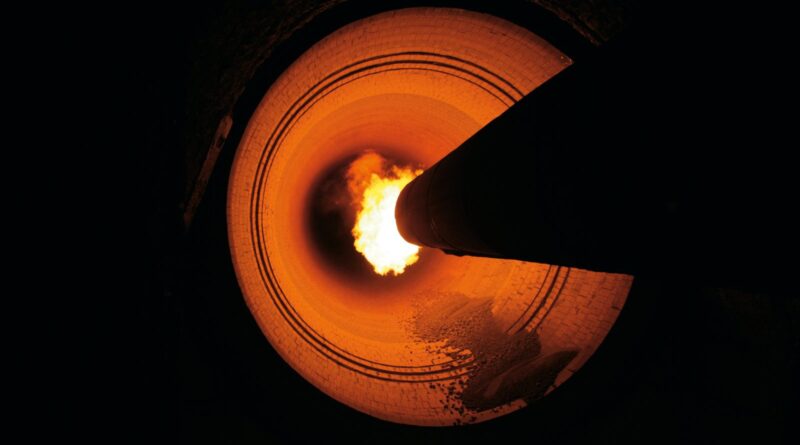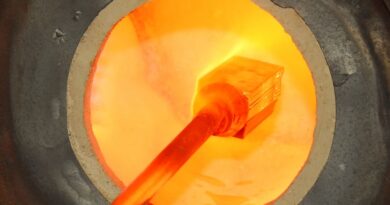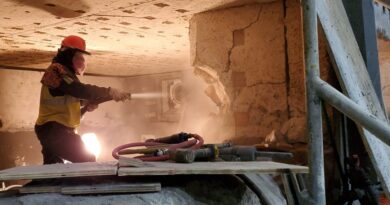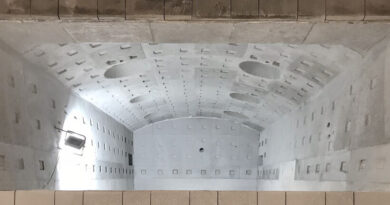Alternative Fuels, Cement, and the Impact on Refractories
Cement, one of the most widely used products in the world, is actively working to reduce its greenhouse gas emissions. These efforts include the investigation of various alternative fuels to reduce its carbon footprint. These alternative fuels cover a broad spectrum, including those derived from waste such as biomass, waste plastics and non-recyclable industrial waste.
Incorporating alternative fuels in cement production is both environmentally beneficial and economically viable. By substituting waste fuels for conventional fossil fuels, cement plants can significantly reduce their operating costs. This transition is made possible by the high energy content of many waste fuels, which is comparable to conventional fuels.
Using waste as a fuel source also addresses the growing global waste management issue. By converting non-recyclable waste into energy, cement plants reduce landfill use and the environmental hazards associated with waste accumulation. This innovative approach is therefore a sustainable and cost-effective solution in line with global efforts towards a circular economy.
However, the use of alternative fuels in cement production is not without its challenges. Traditional refractories used to line kilns are designed to work optimally with conventional fuels. When alternative fuels are introduced, they can create a more aggressive chemical environment inside the kiln, subjecting the refractories to increased wear and tear.
The impact on refractories is due to the unique composition of alternative fuels. Biomass and waste plastics contain elements that can be corrosive or abrasive, causing refractories to degrade more rapidly. As a result, refractory manufacturers have had to innovate and develop new materials to withstand these harsh conditions.
One such innovation is the use of advanced alkali-resistant refractories. These refractories offer exceptional resistance to high temperatures, corrosion and wear, making them ideal for the challenges posed by alternative fuels. They increase the durability of refractories and improve the energy efficiency of cement kilns by maintaining their structural integrity at higher temperatures.
It’s important to recognize that alternative fuels can bring positive environmental change, but require a holistic approach. Manufacturers must carefully consider the selection of alternative fuels, their sourcing and the impact on refractories.
To effectively meet the ever-changing demands of the industry, maintaining a strong focus on research and development in improving refractory materials and processes must remain a top priority.




